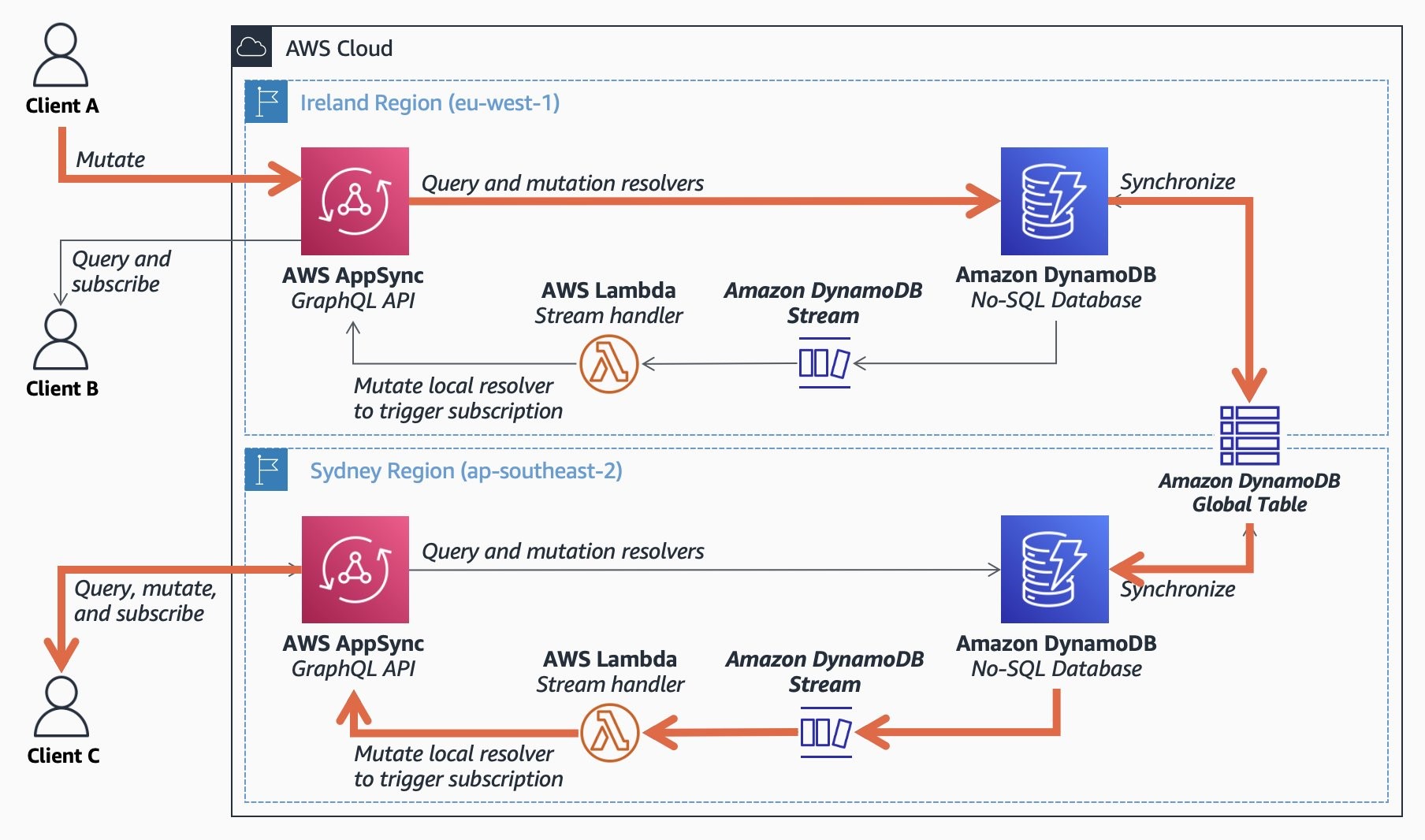Front-End Web & Mobile
Category: Compute
AWS AppSync now supports projection expressions in DynamoDB resolvers
AWS AppSync is a fully managed service that makes it easy to create and manage GraphQL and real-time APIs. Now, AWS AppSync API developers who use DynamoDB data sources can define projection expressions in their DynamoDB resolvers. Before today, DynamoDB resolvers for AWS AppSync APIs would retrieve all the attributes from a DynamoDB table. Now, […]
Building a full-stack chat application with AWS and NextJS
June 27, 2024: This blog post covers Amplify Gen 1. For new Amplify apps, we recommend using Amplify Gen 2. You can learn more about Gen 2 in our launch blog post. Modern chat apps require a rich set of features. These features include file storage, real-time updates, and the ability to fetch data on both the […]
Building a GraphQL API with Java and AWS Lambda
Modern applications are driven by rich UI experience. GraphQL APIs are gaining popularity with developers and teams of all sizes as an alternative to REST APIs to support these applications. AWS Lambda is a serverless, event-driven compute service that lets you run code for virtually any type of application or backend service without provisioning or […]
How to create a one-time password authentication flow using Amplify Flutter
AWS Amplify is a set of tools and services that enables mobile and front-end web developers to build secure, scalable full-stack applications powered by AWS. Amplify recently released a new enhancement for the authentication category to allow Flutter developers to set up custom authentication challenges using Amazon Cognito AWS Lambda triggers. This guide shows how to […]
Case Study: State Auto cuts production time to a day using AWS AppSync and AWS Amplify
State Automobile Mutual Insurance Company (State Auto), a property and casualty insurer operating in 33 US states, provides insurance products covering personal, commercial, farm and ranch, and workers’ compensation risks. In 2019, State Auto decided to create a cloud-native version of its traditional technology stack using Amazon Web Services (AWS). State Auto sells insurance products […]
Creating serverless GraphQL APIs from RDS databases with AWS AppSync and PostGraphile
August 21, 2024: We recommend using Amplify Gen 2 to connect your app to existing MySQL and PostgreSQL database. GraphQL is a query language for APIs that provides an understandable description of the data in your API, and that allows clients to ask for data in the shape that they need it. GraphQL helps developers […]
How FINRA Built Xpand Reality, an Augmented Reality Simulation App for Investor Education
This is a guest blog by Sumalatha Bachu [Director, Technology] and Kumar Siddhartha [Lead Developer], Financial Industry Regulatory Authority (FINRA). FINRA is dedicated to protecting investors and safeguarding market integrity in a manner that facilitates vibrant capital markets. 2021 marked FINRA’s sixth annual internal hackathon, entitled the Createathon. The three-day event is an important part […]
Enhancing Live Sports with the new AWS AppSync filtering capabilities
This article was written by Stefano Sandrini, Principal Solutions Architect, AWS With AWS AppSync you can create serverless GraphQL APIs that simplify application development by providing a single endpoint to securely access data from multiple data sources, and leverage GraphQL subscriptions to implement engaging real-time application experiences by automatically publishing data updates to subscribed API […]
Build a Serverless Full-Stack Registration App in minutes using AWS Amplify
Customers often ask developers to design and create a web application form that captures the registration for some events or training that they want to host. AWS Amplify solves this problem by creating the required resources and generating the boilerplate integration code for different layers using serverless technologies. Now, developers can focus on developing the […]
Multi Region Deployment of AWS AppSync with Amazon DynamoDB Global Tables
As organizations grow, they often need to serve geographically dispersed users with low latency, prompting them to have a distributed global infrastructure in the cloud. By leveraging the AWS Global Network to deploy applications into multiple AWS Regions, organizations can allow their users to connect to an API endpoint in the Region with the lowest […]









